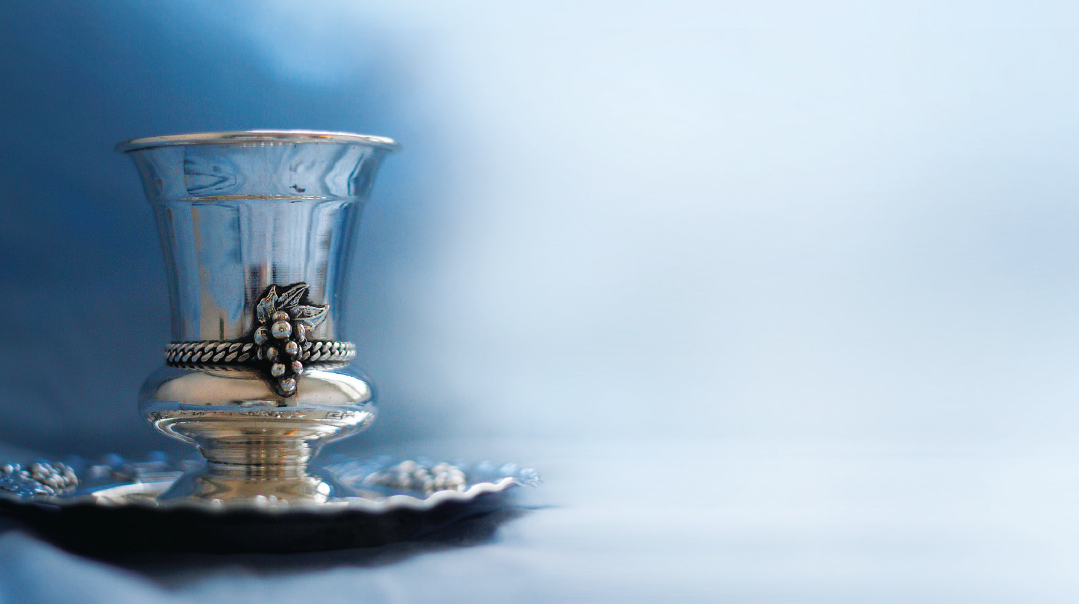Tickled Pink

One of the tricks of the satan is to insert uncertainty into our pursuit of spiritual achievement

“The covering of rams’ skins, dyed red, the covering of tachash skins…” (Shemos 39:34)
The Ohel Moed had four coverings. The lowest covering was made of ten strips, sewn and hooked together; the layer above it was made of eleven strips.
The number ten represents a high level of holiness (ten people necessary for the recital of special parts of tefillah). Thus, the ten-strip lower covering was perfect for covering the Mishkan, because it enveloped the whole structure with holiness. (Rabbi Nosson Greenberg, Khal Machzikei Torah)
When it comes to creating fancywork, I’m all left thumbs. I can envision exactly how I want my final project to look, but when my fingers try to execute that vision, the result looks like Shloime’s arts and crafts.
Ove the years I’ve come to terms with this. Whenever I’m tempted to venture into patchke land, I remind myself of my KISS motto: Keep It Super Simple.
Eleven, on the other hand represents tumah — impurity, which is inserted into the world by the yetzer hara. He tries to take the ten measures of holiness and overpower it with one more measure, leading to conflict and confusion. This second covering is a bone thrown by Hashem to the satan, allowing him a part of the holy Mishkan to prevent him from wanting to destroy it.
However, as much relevance as Hashem gives him, he remains a nonfactor — as symbolized by his covering being covered by another two layers.
When my first granddaughter was born this year (and my first girl in over two decades), I jumped straight into pink mode. Pacifiers, blankets, and stretchies all in the shade of posy-pink filled the house.
When my daughter asked me to host the kiddush for this little princess, I was thrilled. And also tempted to try to pull off a perfectly pink party.
But like I said, I know my limitations. So instead of breaking out the fondant, I went and bought girly paper goods, seeing it all with rose-colored glasses, as I arranged my simple platters on pretty trays.
The layer immediately on top of the satan’s is a layer made of “reddened rams’ skin.” This represents the momentous Akeidah, when Avraham Avinu ultimately offered a ram as a sacrifice, and our forefather’s willingness for mesirus nefesh that has been transferred to us.
The uppermost layer is made of tachash skins. Targum translates tachash as “sasgona.” Rashi explains that this was a multicolored animal who was joyous and proud of the way it looked. Hence the name sasgona: sas — joyous, gavana — colors. Gavna can also mean a thing or a situation. Sas-gavna would thus translate as “joyous in things or situations.”
One of the tricks of the satan is to insert uncertainty into our pursuit of spiritual achievement, telling us, “This is a waste of time — you’ll never succeed. Don’t bother!”
Even after we perform a mitzvah, he has us second-guessing ourselves. Was it really worth it? Is Hashem truly proud of me?
There is a famous adage: “There’s no greater joy than having one’s uncertainties removed.” This is what the sasgona represents: realizing true joy by being confident with our true colors, fending off the satan’s quest to insert uncertainty and take the joy out of our lives. This is the antidote to the satan.
My mechuteneste is super-talented, creative, and blessed with the ability to actualize her visions. So, when she offered to make something for the kiddush, I accepted gratefully, knowing this wasn’t my forte — and that was fine with me.
I realized it was even more than fine with me when she walked in the door. Or rather I should say her creation walked in the door, followed by her, balancing the entire contraption.
She’d gone all out. There was a fondant cake with ribbons and chocolate booties, frosted cookies, pink pretzels, mini cupcakes, and more. Each item was wrapped with pretty ribbons and balloons, and the entire wonder was wrapped in cellophane and sported a huge helium balloon and pink teddy bear. My jaw dropped and my eyes popped out.
Reaching over to help her deposit the creation carefully on the counter, I leaned over to give her a huge hug. There wasn’t an ounce of jealousy that she’d pulled off such a gorgeous display. I was just so grateful Hashem gave a set of two grandmothers, each with her own talents, to lavish on our little princess.
(Originally featured in Family First, Issue 783)
Oops! We could not locate your form.

